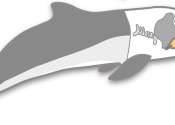Studying spaceflight atrophy with machine learning
Even intense exercise by astronauts cannot compensate for muscle atrophy caused by microgravity. Atrophy occurs, in part, by way of an underlying mechanism that regulates calcium uptake. Recent research has shown exposure ...









